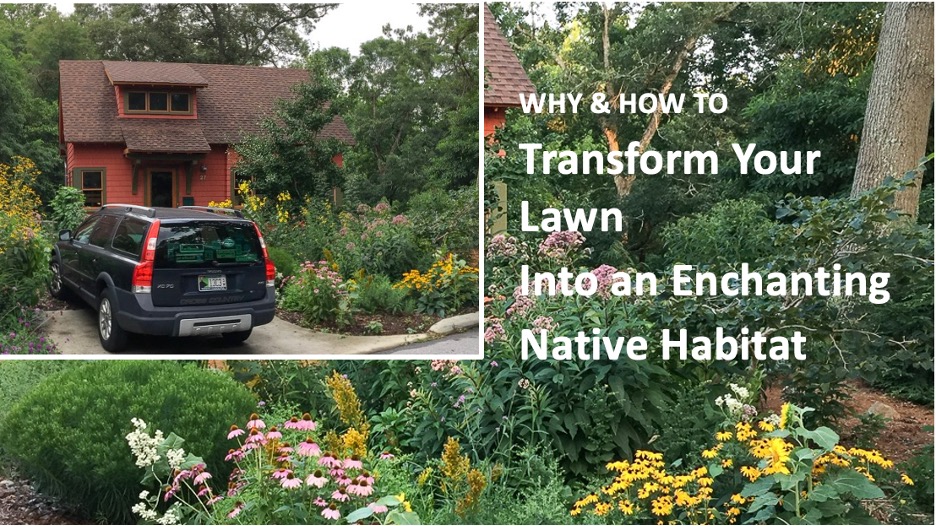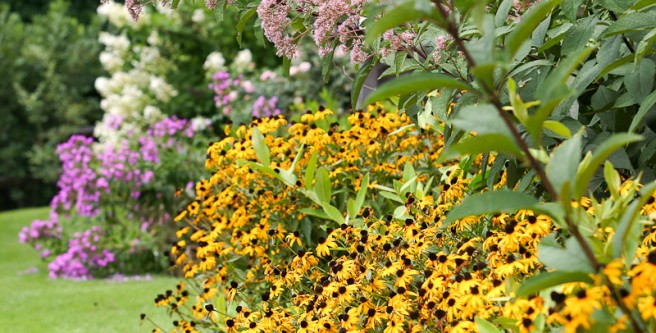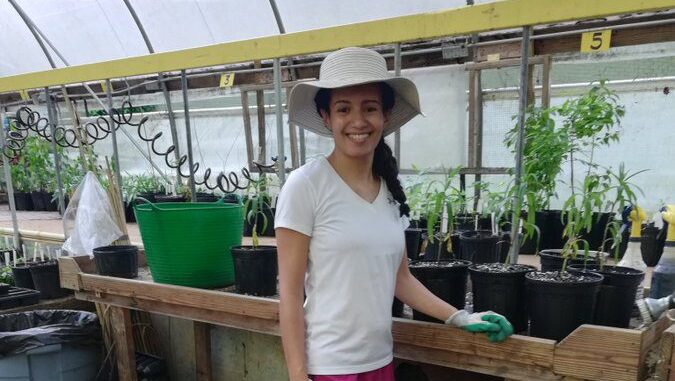by Jo Ann McCracken-Redding
“Everything we plant, don’t plant, or apply to our yard impacts the greater ecosystem in which our yard exists,” writes Doug Tallamy in How Can I Help? He describes the non-native species commonly used for turf as ecologically worthless. 1
Need to be persuaded to convert your turf (or a portion of it) to native?
Consider how turf impacts the greater ecosystem through pesticides and carbon emission:
- 10x more chemical pesticides are used on the average traditional suburban lawn than on an acre of farmland.2
- 80 million pounds of pesticides are applied to the 40 million acres of lawns in the U.S. each year.3
- 800 million gallons of gas are burned annually in the U.S. operating lawn mowers.4
Options abound for beautiful, eco-supportive landscaping
Create a vibrant, abundant native plant pocket prairie or meadow with a variety of grasses and wildflowers. Or plant a low-growing lawn with a native species.
Browse the following resources for tips on creating turf-alternative lawns with plants native to our area – ones that thrive in our soil and climate and keep pollinators and other animals vital to our local food web alive and at work for us all!
Expert advice published in our SCNPS newsletter:
“Creating a Suburban Prairie: Transforming Lawns into Diverse Ecosystems” by Chuck Hubbuch
“Plant a Pocket Prairie this Spring” by Dr. Jon Storm
National Wildlife Federation’s 4-part blog:
Why We Have Lawns, Why We Shouldn’t Have Lawns, Grow Beyond No Mow May, Dangers of Lawn Chemicals: Impacts and Alternatives
Sources: 1 How Can I Help? Saving Nature with Your Yard by Doug Tallamy,
pp. 10 & 345; 2 Audubon: “Why Plants Matter”; 3 & 4 Audubon: “Simple Steps to Create a Native Plant Garden in Your Yard.”
Photo Credit: Lisa Wagner from her blog post, “Pocket Meadow Abundance.”




